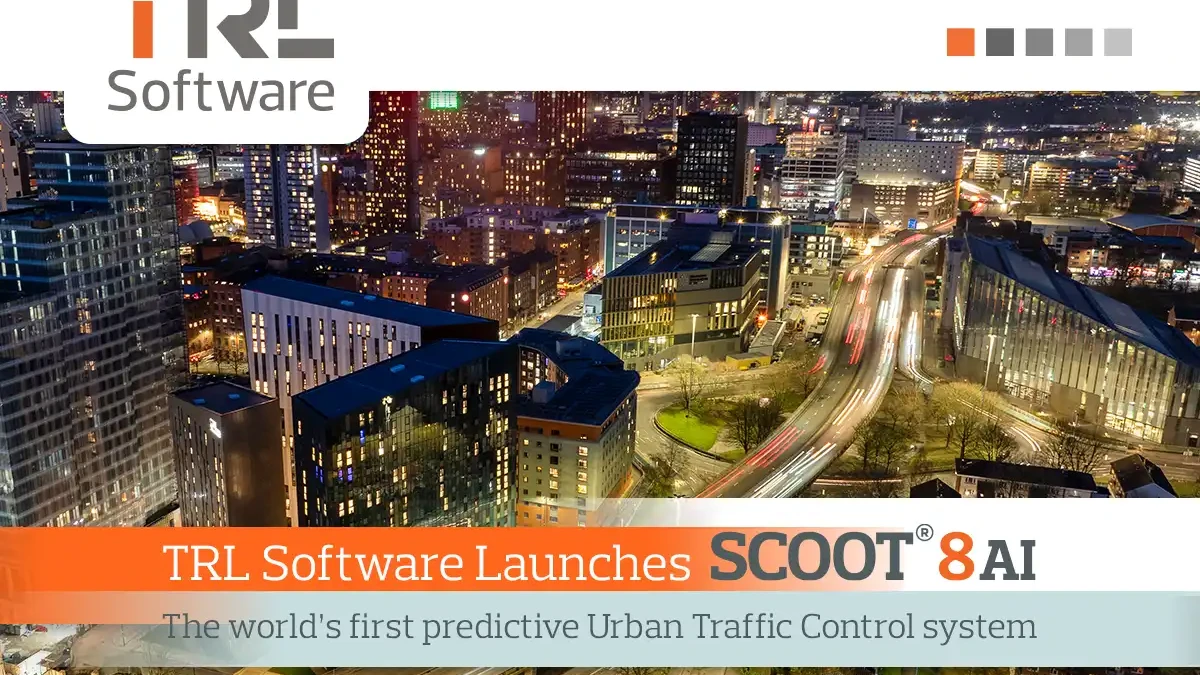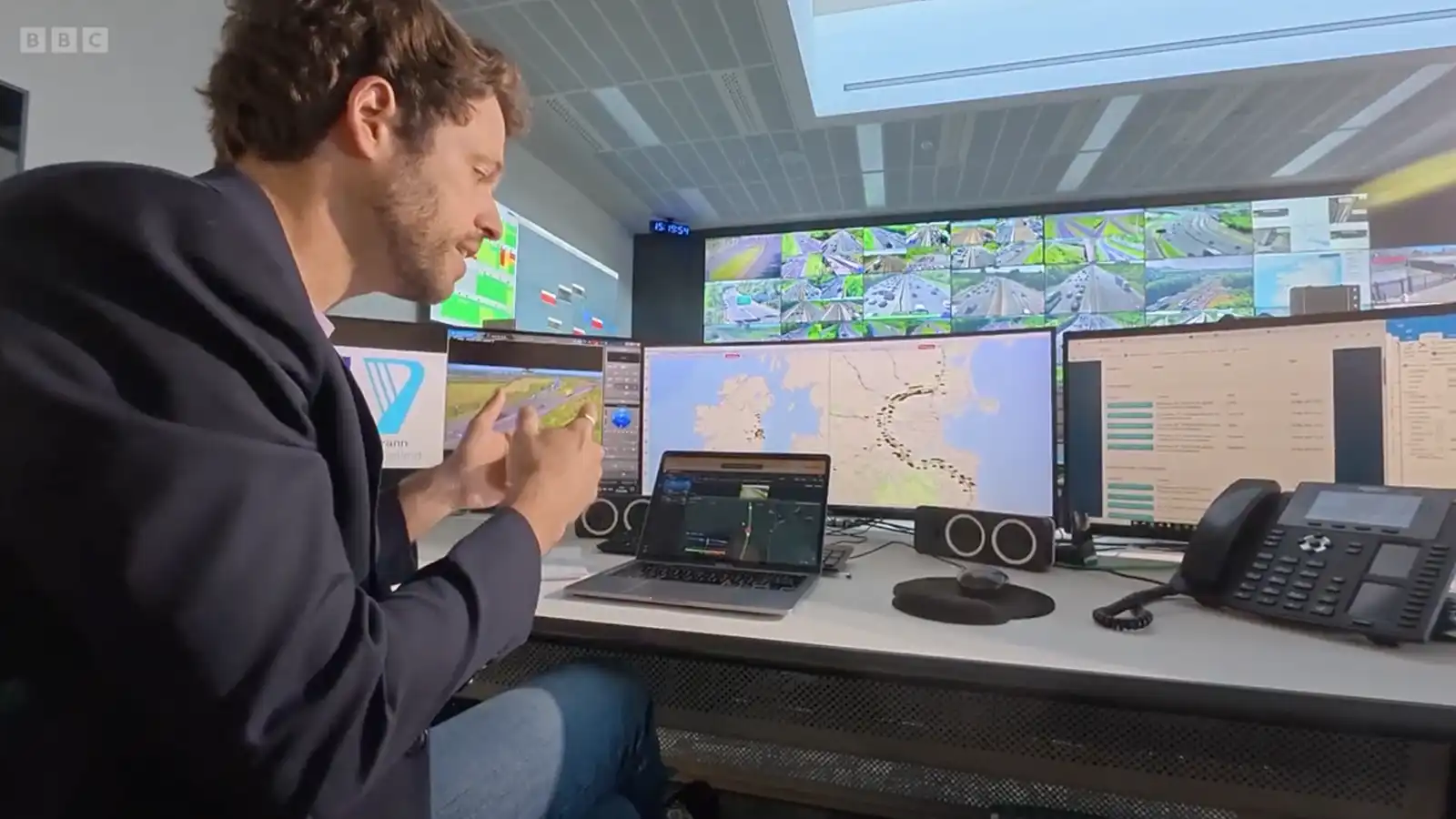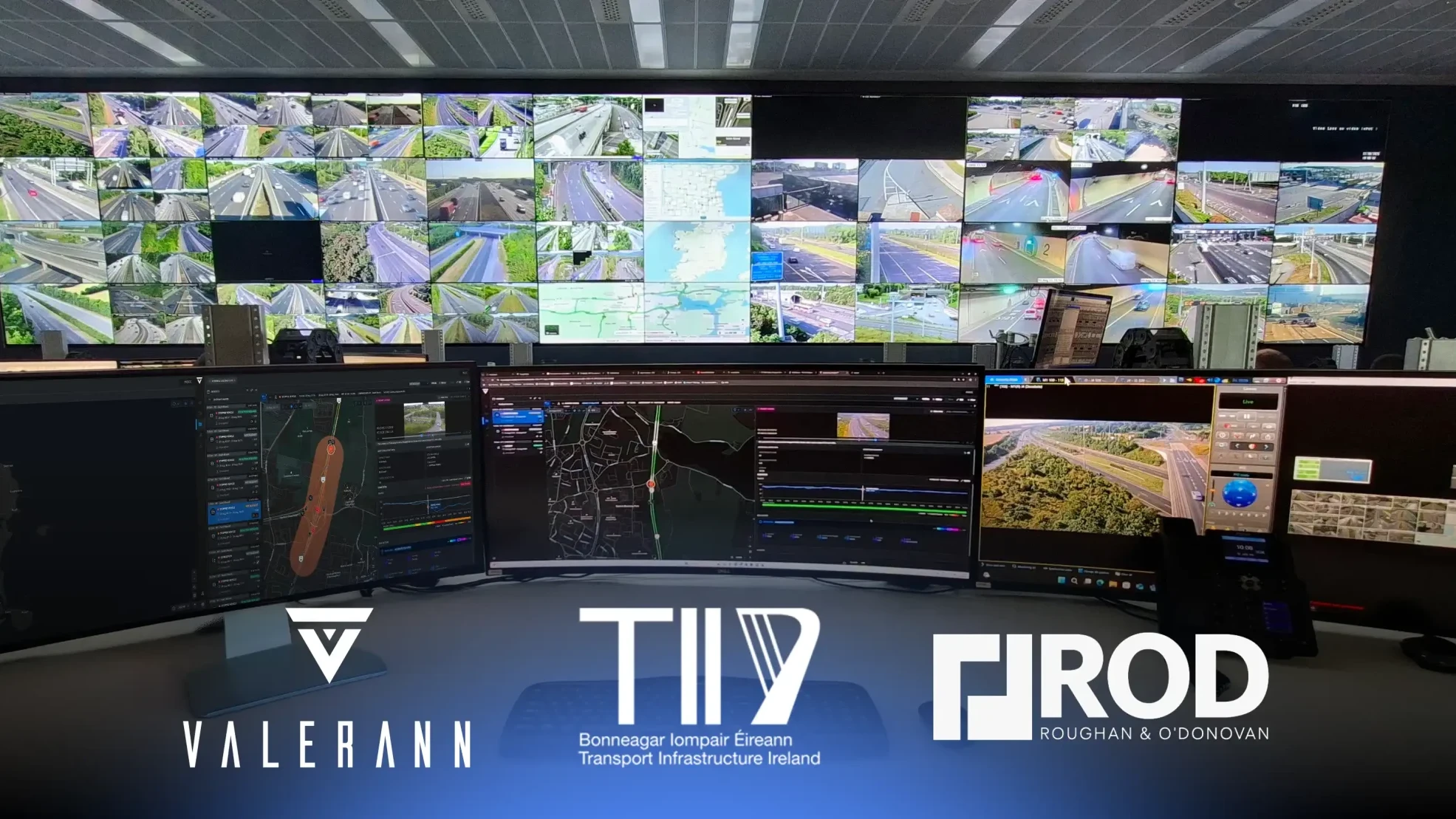Serbia Opens New Highway Stretch to Požega
PE “Roads of Serbia” continues to pave new kilometres of modern infrastructure – a symbol of progress, connectivity, and development.
The newest section of the E763 motorway from Preljina to Požega represents another important step towards faster, safer, and more efficient traffic, contributing to better connectivity between different regions of Serbia, as well as the integration of transport flows with neighbouring countries.
The section from Preljina to Požega, 30.96 km long, connects to the already built Miloš Veliki motorway, which is operating in full profile from Surčin to Preljina with associated facilities, interchanges, tunnels and bridges. A well-known fact about this section is that it passes through very difficult geographical terrain, where a total of three tunnels were built: Trbušani, Laz and Munjino Brdo. All of the tunnels are designed with two separate tunnel tubes, each for one traffic direction.
The lengths of the tunnel tubes of the Trbušani tunnel are approximately 300 m. The lengths of the tunnel tubes of the Laz tunnel are approximately 2,700 m and 2,900 m (the length of the left tube along the axis is 2,842.57 m, and the length of the right tube is 2,662.33 m). The axial distance of the tunnel tubes is from a minimum of 35 m to a maximum of 55 m.
A third of the tunnels’ length has been designed with connecting corridors for vehicles to pass from one tunnel tube to another, with emergency niches, as well as 9 pedestrian transverse connecting corridors at prescribed distances, which enable safe evacuation in incident situations. In the middle part of this transverse corridor for vehicle passage, a space has been reserved for a power substation.
Space for the accommodation of various electrical and telecommunications installations has been provided under pedestrian paths on both sides of the carriageway. The lengths of the left and right tunnel tubes of the Munjino Brdo tunnel are on average 2,750 m, the left tube 2,755.75 m, while the right tube is slightly shorter, with a length of 2,740.14 m. The Munjino Brdo tunnel is designed with two tunnel tubes, one for each direction of traffic, i.e. one-way traffic with two lanes takes place through each tunnel tube. The width of the carriageway in the tunnel is 7.70 m. The axle spacing of the tunnel tubes is about 30 m. The height of the traffic profile is H=4.75 m.
Official pedestrian paths are designed on both sides of the carriageway 1.19 m–1.24 m wide. Below them is space for accommodating various electrical and telecommunication installations.
Transverse pedestrian passages for crossing from one tube to the other in the event of an emergency in the tunnel are designed to be able to support even emergency vehicles and are located at a distance of 220–280 m.
Two extensions have been designed for each tunnel tube to remove broken down vehicles – emergency niches.
The vehicle transverse passages for passing from one tube to the other are part of the Munjino Brdo tunnel, designed at a distance of 1,000 to 1,006 m in the longitudinal direction. The Laz and Munjino Brdo tunnels are currently the longest road tunnels in Serbia.
All tunnels on the state roads of I A category have built-in smart lighting systems, variable traffic signals and video surveillance, while those longer than 500 metres have all the necessary security systems for reporting and detecting fires, an air quality control system, ventilation and smoke extraction in tunnels, a hydrant network for extinguishing fires, a public address system for transmitting messages to users, SOS telephones, and FE devices.
Supervision and management of the facilities is carried out 24/7 from the operational control centres according to clearly defined emergency response procedures.
The entire project includes 35 bridges with a total length of 5,196 m, 4 overpasses with a total length of 592 m (3 bridges on local roads after descending from graded intersections total length 180 m), as well as 4 overpasses within graded intersections (total length 1,075 m), as follows:
• 13 bridges are over 100 m long, and the longest bridge is 478 m,
• 6 bridges are 25–100 m long,
• 16 single-span bridges are 10–25 m long.
The bridge over the West Morava is unique compared to the others, because it spans the river with a span of 80 m, and its total length is 330 m.
1,912,000 m³ of embankment and three complete traffic loops were built, which will allow the existing bypass around Čačak to be relieved.
In the first part of the section from the existing toll station Preljina to Pakovraće, which is 14.3 km long, the relocation of electrical, telecommunications, water and gas installations was carried out in a total of 73 places.
PROJECT SIGNIFICANCE:
The E-763 Belgrade–South Adriatic motorway serves as a vital link between Serbia and Montenegro, connecting Belgrade with the South Adriatic region.
On a broader scale, it will improve connectivity between Romania, Serbia, Montenegro and Italy.
In Požega, a traffic junction is planned to be built, where a section of the motorway branches off to Kotroman and the border crossing with Bosnia and Herzegovina.
The Preljina–Požega section of the E-763 motorway project is located in the southern part of the E-763 motorway in Serbia.
It is a motorway with a total of four lanes and a design speed of up to 120 km/h. The project has been recognised as the most challenging section to construct on the entire E-763 motorway.
Latest News
- MoU signing between IRF and VRCIC to Advance Cooperative Vehicle-Infrastructure Technologies

- IRF and CHTS Strengthen Collaboration in Advancing Research in Autonomous Vehicles

- Driving Innovation: IRF and CHTS Strengthen Collaboration in Smart Mobility Research

- Hi-Drive Webinar Explores the Technology Enablers for Higher Vehicle Automation

- Introducing the IRF Start-Up 2025 Finalists

- Building Resilient Roads for a Safer and Connected Future

MORE NEWS
October 5, 2025
0 Comments7 Minutes
From intrapreneurial initiative to independent start-up: ORIS Materials Intelligence accelerates its development
ORIS adopts a new shareholding structure around its co-founders, with the entry of a new strategic investor, LIBERSET.
September 24, 2025
0 Comments3 Minutes
TRL Software Launches SCOOT® 8 AI
World's First AI-Powered Predictive Urban Traffic Control Solution
September 18, 2025
0 Comments5 Minutes
Milton Keynes City Council selects TRL Software’s UTC powered by SCOOT®
The TRL Software will be used to manage the growing city’s traffic network
September 18, 2025
0 Comments6 Minutes
BBC Tech Now features Valerann
Valerann discusses features of its Motorway Operations Control Centre with BBC.
September 4, 2025
0 Comments4 Minutes
Valerann Wins 2025 IBTTA Toll Excellence Award
Valerann was awarded for Transforming Incident Detection and Response on Ireland’s Road Network with AI-Powered Data Fusion













